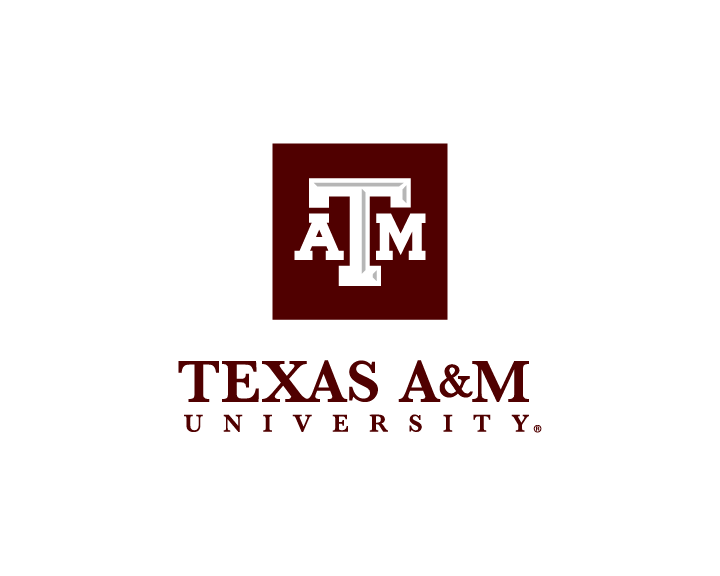Texas A&M: Racing To Win $1 Million At Indy Speedway
Texas A&M University students hope to claim the checkered flag at the Indianapolis Motor Speedway and win a $1 million prize when they compete Oct. 23 in the Indy Autonomous Challenge.
The Reveille Racing Team, comprised of Texas A&M students, advisors, and Ph.D. engineering candidate Lance Decker, have been busy for months developing plans for the race, which will feature autonomous Indy-style race cars that can easily cost in the millions of dollars.
The driverless-cars will be steered by software created by the team, which needs to raise at least $760,000 to compete in the race and travel to the Speedway.
“If we win the $1 million, we plan to endow 10 scholarships here at Texas A&M, and we will name the scholarships after the largest sponsors,” said Decker. “We are the only team from Texas competing. But there is stiff competition from U.S. schools such as the University of Virginia, MIT, the University of Alabama and international teams from Germany, Israel, Italy, and Korea.”
Decker added that according to the race rules, all teams will use the same Dallara- AV-21 car and must follow strict configuration guidelines. The tricky part is developing the software to win the race, since cars will be approaching 200 miles per hour on the Indianapolis Motor Speedway.
“All cars are built exactly the same, so the race is really a software challenge,” Decker said. “That means teams still need to have an understanding of the mechanical aspects of racing like tire grip on the track and tire wear. We need to know the angle of attack, downforce, grip and how to speed increase or decrease through the corners. There’s a great deal outside of the programming aspect that we have to understand.”
Decker said the team is working with three veteran organizations: Creativets, VET Motorsports and the Pat Tillman Foundation, with a major goal of trying raise awareness of veterans’ issues as part of this effort.
“We effectively are giving them free sponsorships and inviting them to participate with us on race day,” he said. “In addition, if we win the race, we will get a $1 million prize purse which we plan to use to endow 10 scholarships at Texas A&M with several of them having a veteran’s preference.”
The team is in need of a sponsor to purchase their car, Decker said.
“If we can get a heavy hitter sponsor to step up, the sponsorship could last for several years of racing,” he said. “Sponsorships are also tax-deductible. I know that our Aggie Network can come through here – we just need to reach the right people.”
Yangwoo Kim, a doctoral student in engineering, is one of the team leaders who has worked several years on driverless cars. He was employed for seven years in the private sector for LG Electronics and he led Texas A&M’s SAE AutoDrive Challenge team for two years as a graduate advisor.
“Winning the race will be a challenge,” he said.
“We need to tailor the optimal hardware and software to execute our optimal algorithms. All of this is an extreme situation that no one has ever done before, and that is where we are taking the first step toward it. We are not just aiming to win the race, but we are doing our best to become a leader in the self-driving research area with another big leap forward in the development of human technology.”
Kim said the most challenging part will deal with simulation and how to process all of the track data correctly.
“We are directly given the exact position and speed of all the surrounding objects, but in the real race, we only have raw data from each sensor and need to process them using what are called ‘machine learning techniques’ to calculate the location and speed of the surrounding objects,” he said. “Since we can’t access to raw data until June when we have access to the real vehicles, we’ll only have around three months to implement and optimize our codes, which is very tight schedule.”

